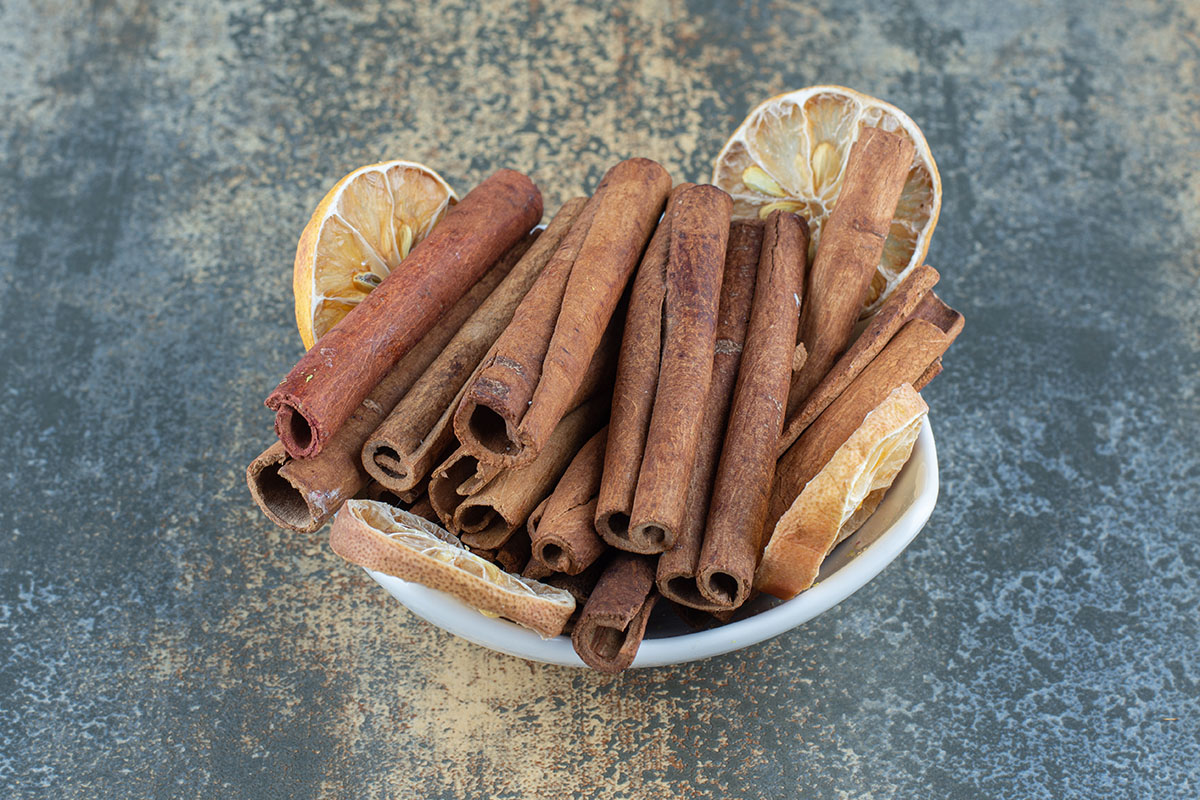What Is the Difference Between Cinnamon Chips and Cinnamon Sticks?
Cinnamon chips and cinnamon sticks are two forms of the beloved spice derived from the bark of cinnamon trees. While they share similar origins, their uses, appearance, and applications vary significantly. This comprehensive guide explores the key differences, culinary and non-culinary uses, and practical storage tips for both.
What Are Cinnamon Sticks?
Cinnamon sticks, also known as cinnamon quills, are rolls of dried cinnamon bark. They are commonly used in cooking, baking, and beverages for their potent flavor and aromatic qualities. The Ultimate Banana Bread Guide provides an excellent example of how cinnamon sticks elevate baked goods.
Key Features of Cinnamon Sticks
- Appearance: Long, tightly rolled bark pieces.
- Flavor: Bold and intense, perfect for slow infusions.
- Usage: Ideal for recipes requiring extended cooking, such as stews and spiced beverages.
For additional savory inspiration, check out Brooks BBQ Chicken Recipe to see how spices can enhance protein-based dishes.
What Are Cinnamon Chips?
Cinnamon chips are small, broken pieces of cinnamon bark often sourced from the trimming or breaking of quills. They are primarily used for bulk brewing and infusions.
Key Features of Cinnamon Chips
- Appearance: Irregular, smaller bark fragments.
- Flavor: Milder compared to quills due to larger surface area and shorter infusion times.
- Usage: Perfect for mulled wine, cider, or tea in large quantities.
Explore creative brewing ideas in Muddy Buddies Recipe for more tips on using aromatic spices.
Key Differences Between Cinnamon Sticks and Chips
- Size and Shape: Sticks are uniform and long, while chips are irregular.
- Flavor Intensity: Sticks provide stronger flavor over time; chips infuse quickly with milder taste.
- Best Uses: Sticks are versatile, while chips are great for bulk brewing.
- Shelf Life: Sticks last longer due to their compact structure.
Culinary Applications
Cinnamon Sticks in Cooking and Baking
- Beverages: Add to hot teas or coffees for a robust flavor.
- Desserts: Grind into powder for cinnamon rolls or cookies.
- Savory Dishes: Infuse soups, curries, or marinades.
Cinnamon Chips in Beverages
- Mulling Spices: Use in cider or mulled wine for quick infusions.
- Tea Blends: Combine with other spices for custom tea mixes.
For more inspiration, try Earl Grey Cookies Recipe to see how complementary spices work in baking.
Non-Culinary Uses
- Home Fragrance: Simmer chips with citrus for a natural air freshener.
- Crafting: Use sticks in wreaths or ornaments for rustic decor.
- Insect Deterrent: Place chips in cupboards as a natural pest repellent.
Health Benefits
Both forms of cinnamon share similar health benefits:
- Antioxidants: Combat oxidative stress and promote overall wellness.
- Blood Sugar Regulation: Useful for managing type 2 diabetes.
- Heart Health: May improve cholesterol and circulation.
FAQs
1. Can I reuse cinnamon sticks or chips?
Yes, but their flavor diminishes after the first use.
2. Are cinnamon chips interchangeable with sticks?
Not always. Chips are best for quick infusions, while sticks are ideal for slow-cooked recipes.
3. How should I store cinnamon sticks and chips?
Keep them in airtight containers away from moisture and heat for maximum freshness.
Conclusion
Cinnamon chips and cinnamon sticks are both valuable in their own ways. Whether you prefer the intensity of quills or the convenience of chips, each offers unique advantages. Incorporate them into your recipes, beverages, and even home decor for a versatile touch of spice.
For more inspiration, explore the Ultimate Guide to Crispy Chicken Fritta for savory pairings with cinnamon-infused drinks.




